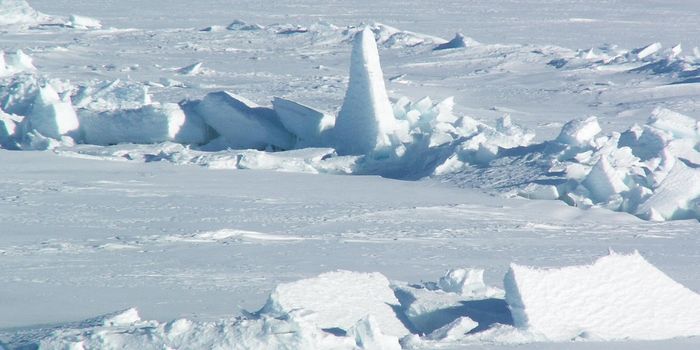Last summer, the discovery of a giant crater, nearly 100 feet wide, in the middle of what is known as "the ends of the earth" in Siberia shocked researchers. The crater's origin could not be explained. Then they found two more. Reasoning for these mysterious holes surfaced as global warming. Global warming had thawed out permafrost, which caused methane trapped within the frozen ground to explode. One of the researchers had said, "Gas pressure increased until it was high enough to push away the overlaying layers in a powerful injection, forming the crater."

Now, scientists worry that there are more of these craters than anyone knew. A total of seven craters have since been discovered in the area, one of which is surrounded by 20 mini-craters. Dozens more are still likely out there. One Moscow scientist has indicated that if temperatures continue to rise, more craters are bound to emerge. No one has been injured as of yet, but given that the methane bursts are likely huge and increasing in frequency, researchers are nervous about studying them and getting so close.
Not to mention, methane is extremely flammable. One of the bursts has already caught fire. Siberian crater B2 is of particular interest. It has turned into a lake, but wisps of methane can be seen leaking from the water. This means that the craters are still degassing, seeping methane into their surroundings. If this is the initial effect of global warming, what's next?









